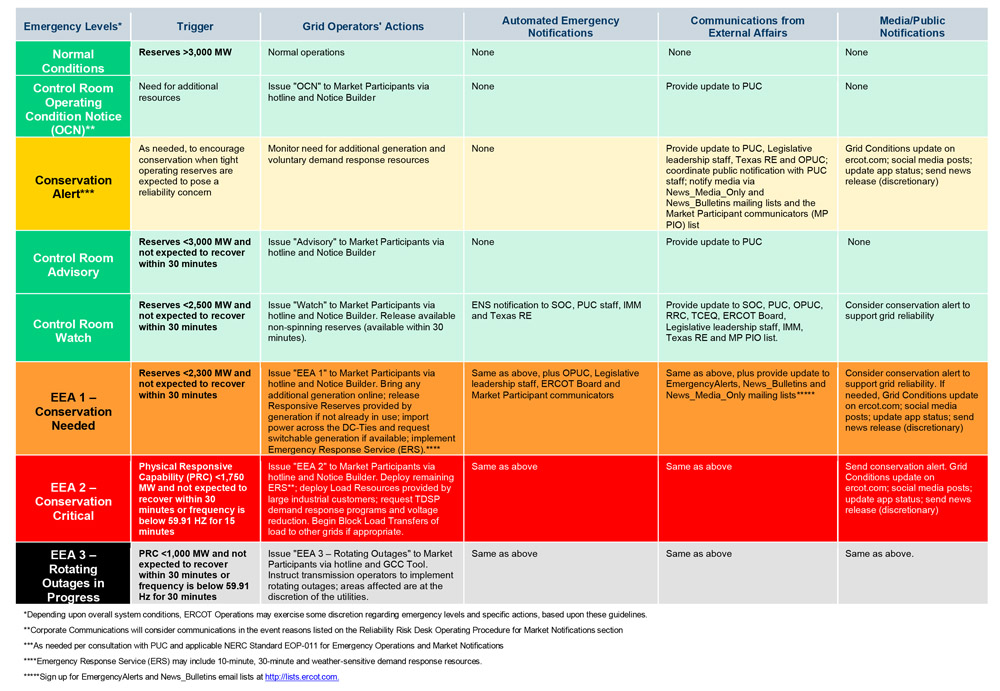FERC on Friday approved changes to the Southeast Energy Exchange Market (SEEM) that will bring it in line with promises the market’s supporters made last year (ER22-476).
SEEM’s founding members — a group of utilities including Southern Co. (NYSE:SO), Dominion Energy South Carolina (NYSE:D), LG&E and KU (NYSE:PPL), the Tennessee Valley Authority and Duke Energy (NYSE:DUK) — first proposed the modifications in June before the commission approved the SEEM agreement. The utilities were responding to a deficiency letter from FERC that expressed concerns about market power and sought assurances about the transparency of the planned market.
SEEM supporters say the expansion of bilateral trading across 11 Southeastern states will reduce trading friction through the introduction of automation, eliminating transmission rate pancaking and allowing 15-minute energy transactions, while also promoting the integration of renewable resources. The market is expected to launch in the third quarter this year. (See FERC Rejects SEEM Opponents’ Rehearing Requests.)
FERC approved changes including:
- weekly submissions of confidential market data to FERC and the market auditor, and periodically providing additional information publicly;
- disclosure of regulators’ questions and answers, as well as market auditor reports, to participants, subject to restrictions on access to confidential information by marketing function employees;
- clarification that available transfer capacity calculated by participating transmission providers must be provided to the SEEM administrator and must be used in the algorithm for each leg of any contract path to ensure transmission will not exceed available capacity;
- updating market auditor functions to clarify that the auditor will verify compliance with market constraints;
- use of randomization to resolve ties or ambiguities between multiple bids or offers;
- prohibiting market-based rate holders from providing false or misleading information to the SEEM administrator or market auditor; and
- implementing a posting requirement for complaints submitted to the market auditor.
The changes would also ensure that most SEEM rules would fall under the “just and reasonable standard” rather than the lower Mobile-Sierra public interest standard as proposed in the original agreement, an issue that became a sticking point for both FERC Chair Richard Glick and Commissioner Allison Clements.
Glick, Clements Unswayed on SEEM
Glick and Clements filed concurrences to Friday’s opinion asserting that they still had misgivings about SEEM.
In Glick’s filing, the chairman applauded SEEM members “for standing by their previous commitments on transparency.” However, he reiterated his stance that “applying [Mobile-Sierra] to any provisions of the Southeast EEM agreement is contrary to well-established commission precedent” that the standard can only apply to contracts that have “certain characteristics that justify the presumption.” Because the SEEM agreement contains “generally applicable” provisions that “bind not only the parties to the contract, but also any prospective future signatories,” Glick said Mobile-Sierra is inappropriate.
Clements’ concurrence asserted that SEEM members still had not dealt with “the underlying fundamental flaws with the [SEEM] agreement,” which remains “unduly discriminatory, unjust and unreasonable” in her eyes. But because “the scope of [FERC’s] review is limited to the amendments proposed in this proceeding,” she said she had no choice but to give her assent.
FERC ordered the revisions to take effect Nov. 25, 2021, one day after SEEM members filed the proposal, as requested by the utilities.
SEEM Moving Forward with Implementation
Despite SEEM members’ pledge to update the agreement to address the commission’s concerns, the agreement that took effect in October did not include their proposed changes. This was because of the way the commission approved the agreement. At the time FERC had only four members, which split 2-2 on whether to accept the proposal; under Section 205 of the Federal Power Act, the agreement therefore became effective “by operation of law.”
Opponents of the market had warned that the lack of a FERC order could allow SEEM’s supporters to move forward without any of the promised transparency enhancements. However, in their November filing, the utilities claimed they “have always intended to fulfill the commitments” they made in June both because “it is the right thing to do and … to do otherwise might raise questions” about the market’s legitimacy.
Despite the divide among commissioners over approving SEEM, FERC has accepted the existence of the market as a fait accompli since the agreement took effect. Last month commissioners rejected requests for rehearing filed by several environmental and clean energy organizations on the grounds that they submitted their requests too late. FERC has also approved revisions to four of the participating utilities’ tariffs implementing the special transmission service used to deliver the market’s energy transactions. (See FERC Accepts Key Tariff Revisions to SEEM.)
SEEM has also continued to move forward since receiving FERC’s approval in October. Earlier this month, members announced that South Carolina-based Santee Cooper had agreed to join the market; the following week, the Municipal Electric Authority of Georgia announced that it would join as well. (See Santee Cooper Joins SEEM.)

